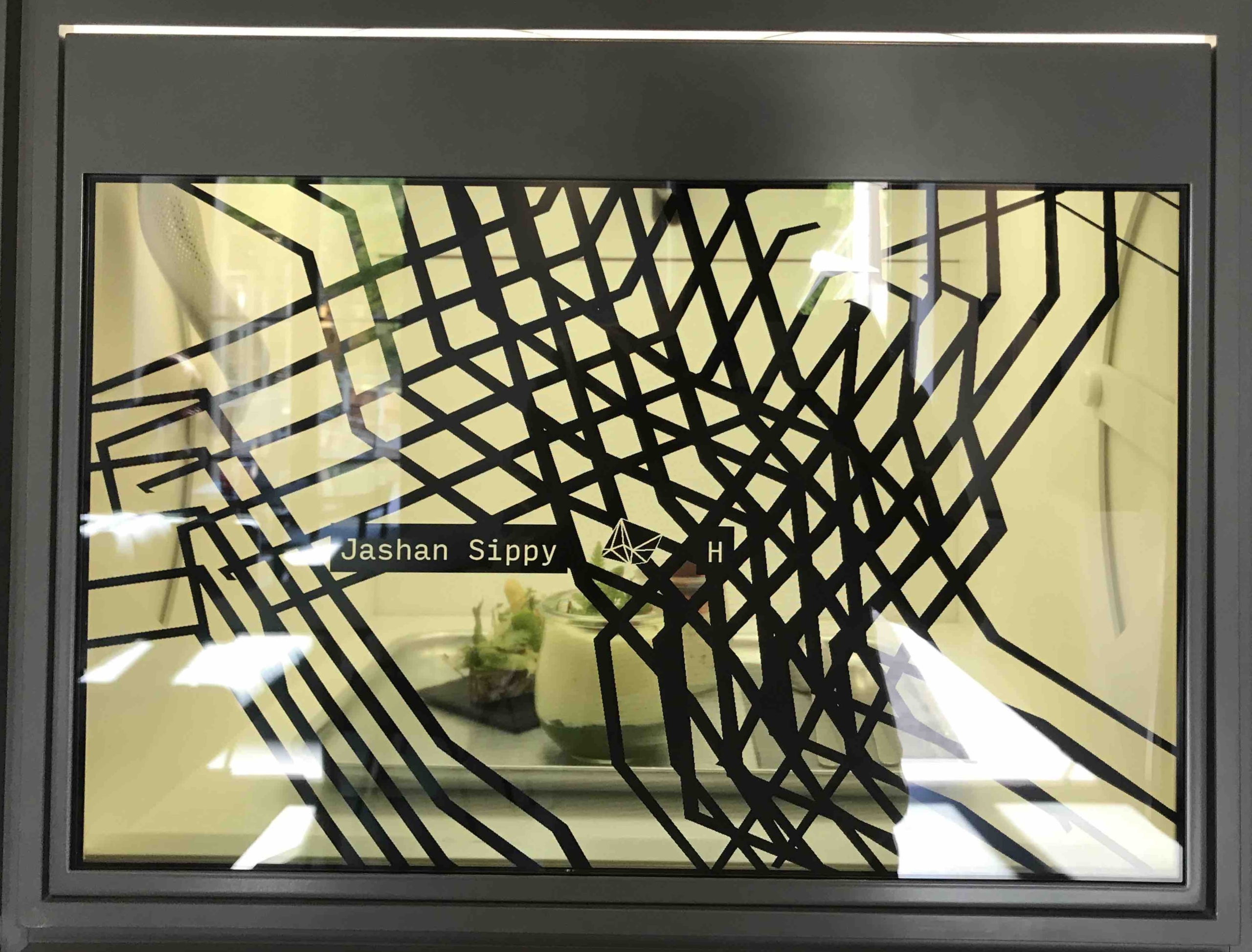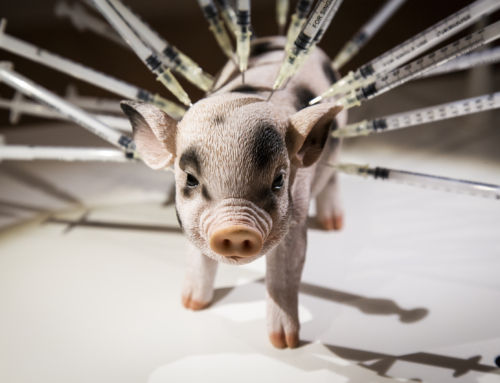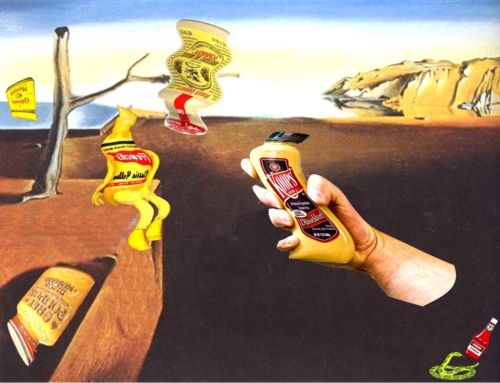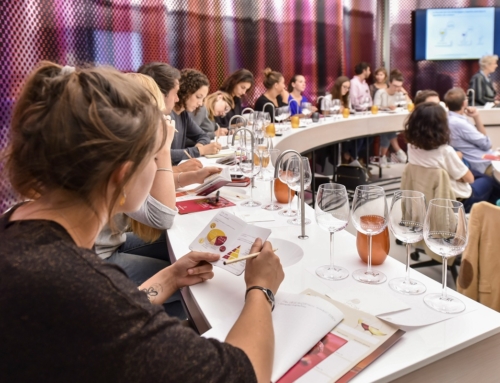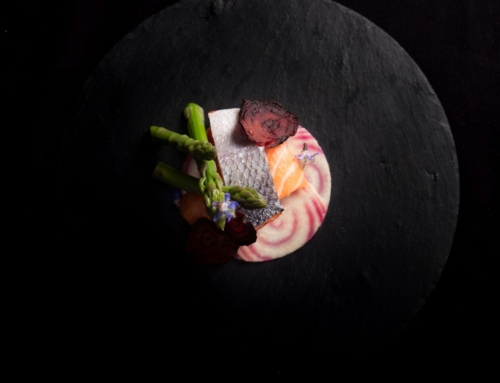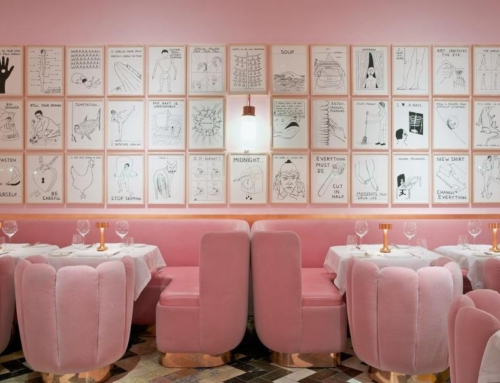As Amazon’s Alexa reserves her seat in our living rooms and Google now sits proudly in our homes, eating spaces are also evolving. Consumers get a taste of a beautiful, sustainable and delicious future at the click of a button at Data Kitchen (at Data Space by SAP), a digital restaurant in Berlin. Here’s why the Data Kitchen sets a strong example for a model on the future of food and design:
Stepping towards a digital food future
Berlin gastronomical entrepreneur Heinz “Cookie” Gindullis wants his guests to “feel at home”. The space designed by Laura Rave is an oasis in the busy heart of Berlin. A ten-minute walk from Alexanderplatz, guests walk through an aged stone archway before arriving into the outdoor seating area. A combination of tree cover and parasols allow the warm sunshine to filter through. There’s an immediate sense of peace, perfect for the midweek work lunch.
Digital Automats make the “Food Wall”
On stepping inside, guests come face to face with the centerpiece of Data Kitchen: the “Food Wall”. Twenty smart automats stand between the consumers in the restaurant and the producers in the kitchen. When the food is ready (based on a time pre-selected by the consumer via the website or mobile app), the opaque front of the particular box becomes transparent. Displayed on it is the customer’s (nick)name. Quite pleased with this fascinating personalization, guests can access their food with the click of a button. As the box opens, it is nothing less than a moment of magic: the perfect looking concoction in a brilliant white enclosure in the flesh. The food shines and the vibrant colors pop against the clean white, brightly lit surrounding. And then, you reach in to grab your tray.
Space Syntax
The space syntax is interesting. A kitchen, the smart “Food Wall”, an outdoor seating area and an indoor seating area to seat 50 make up the Data Kitchen. Muted but effective, Rave creates an intimate and personable atmosphere through the use of warm and darker colors, uniquely designed furniture for the space and a subtle lighting concept. Technology takes a backseat through being effectively integrated within the surroundings. Keeping in mind Cookie’s desire, technology is certainly not posed as the central element at Data Kitchen. Attached is Data Hall, the main event venue that can host 100 people. There’s also Data Room and Data Hub above. While these spaces provide food for thought through discussions, innovations and events, Data Kitchen provides food for the stomach in a unique, futuristic way.

Busting myths surrounding “Digital Restaurants”
- Our immediate associations with food from a wall are not particularly positive. We expect fast, cheap, unhealthy (four our bodies as well as the environment) junk food. But Data Kitchen demonstrates the complete opposite: Chef Alexander Brosin creates an international cuisine deeply rooted in Berlin culture. The food offered is fresh, beautiful, seasonal, nutritious and locally sourced.
- Real people, meaningful interactions. “There must be no human beings”, this is anything but true. Human beings man the kitchen, not robots. They use their hands and eyes and touch, smell and taste the food being prepared. There is service staff indeed. Real people who smile, make eye contact and greet you warmly. Technology takes care of the process of ordering and payment. So, the service team actually has time to take good care of every guest that comes through. They have the time to answer any questions or apprehensions they might have.

- It’s not just packed with millennials and “tech savvy” Gen Xers. Sure, they are more comfortable and rather unfazed by the use of technology in their everyday lives. But, Data Kitchen’s Intuitive approach to UX design makes it easy and approachable for even the Gen Y’s and Baby Boomers to use. In fact, it is this customer segment that is quite fascinated by the fact that their mobile phone is a playground that can translate into multiple mouthwatering mouthfuls. They then tell their friends and show off to their grandkids and are some of Data Kitchen’s most loyal customers.
Busting myths continued
- It’s all about community. Not just the customer loyalty or smiling staff, it extends all the way along the food supply chain to a trusted network of producers too. The produce is grown locally in a special farm in Brandenburg, close to Berlin.
- It’s based on a great business model, “identify pain points of your target customer.” Data Kitchen is based on an app that aims to eliminate the waiting time for customers, but also offering a contemporary dining experience and quality food. Whether it is a quick coffee or an entire 3-course-menu, guests have the opportunity to order freshly prepared breakfast and lunch through the website or via an app. The dishes are ready to be picked up at the “Food Wall”.
Could restaurants of the future be more than just a place for eating? How might the intentions of forward thinking foodpreneurs like “Cookie” be translated into meaningful, responsible and futuristic spaces for interactions with food? Stop by Data Kitchen the next time you’re in Berlin, and give this a thought.

